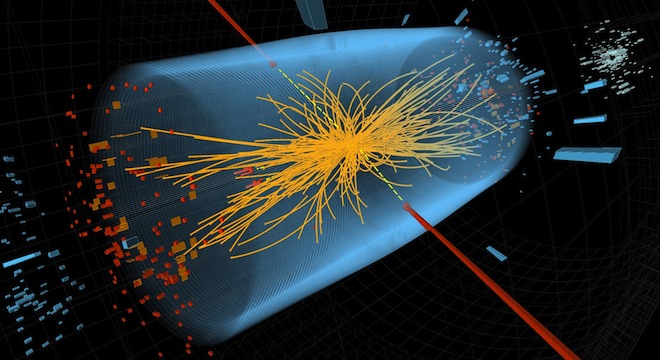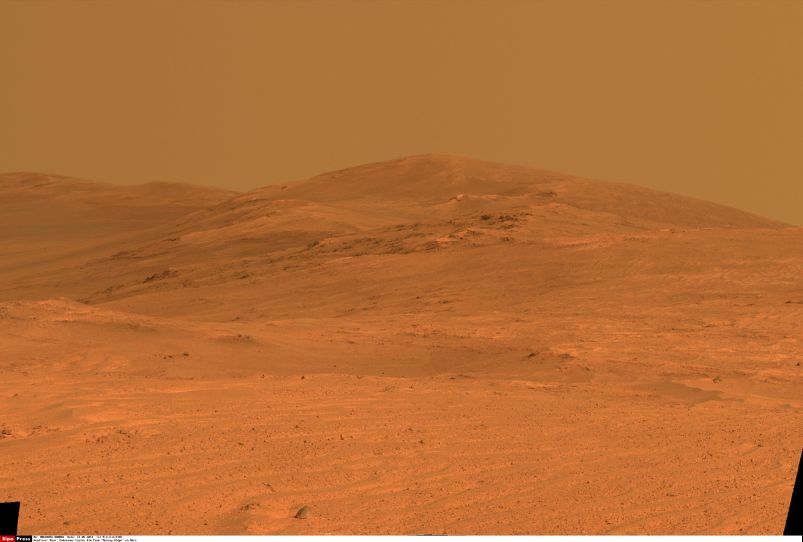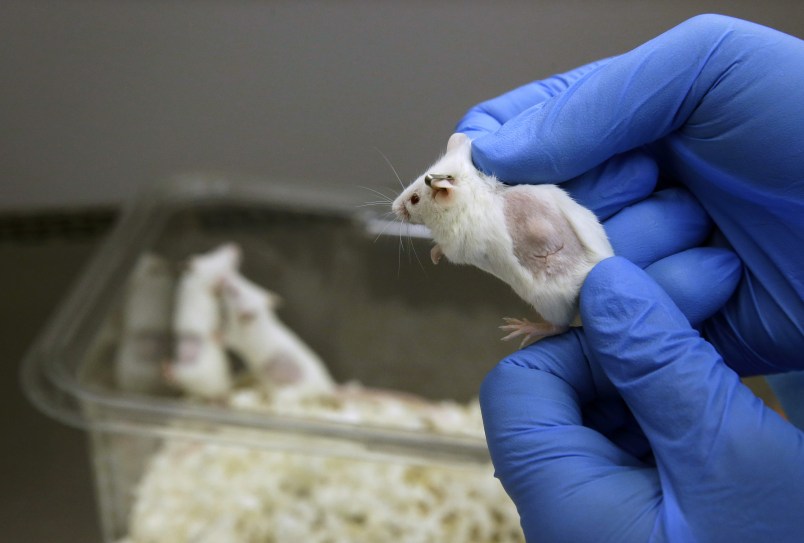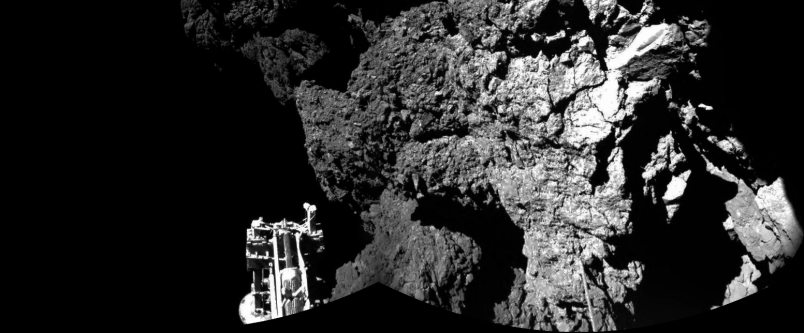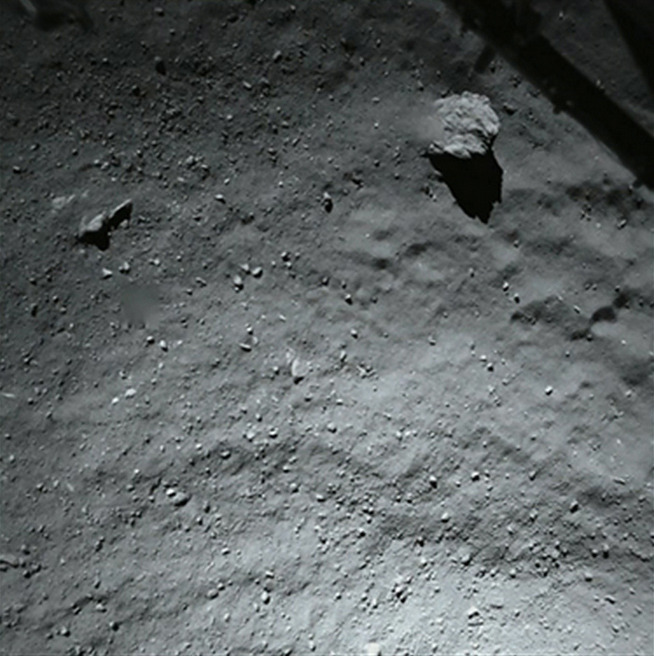By SETH BORENSTEIN, AP Science Writer
WASHINGTON (AP) — Physicists in Italy said Wednesday they are achingly close to concluding that what they found last year was the Higgs boson, the elusive “God particle.” They need to eliminate one last remote possibility that it’s something else.
The long theorized subatomic particle would explain why matter has mass and has been called a missing cornerstone of physics.
With new analyses, scientists are closer to being certain they found the crucial Higgs boson. But they want to be 99.9 percent positive, said Pauline Gagnon, a physicist with the European Center for Nuclear Research.
Last July scientists with the world’s largest atom smasher, the $10 billion Large Hadron Collider on the Swiss-French border, announced finding a particle they described as Higgs-like, but wouldn’t say it was conclusively the particle. Now thousands of checks show them even closer.
“It looks more and more like a Higgs boson,” said Gagnon after an update presented Wednesday at a conference in the Italian Alps.
Gagnon compared finding the Higgs to identifying a specific person. This looks, talks, and sings like a Higgs, but scientists want to make sure it dances like the Higgs before they shout “Eureka.”
She said there is only one last thing the particle they found could also be: a graviton. That’s another subatomic particle associated with gravitational fields, not mass.
By checking the spin of the particle, scientists will be able to tell if it is a Higgs boson, which is far more likely, or a graviton. If it has no internal spin, it’s the Higgs boson; if it has a lot of spin it’s a graviton.
Wednesday’s presentation was by one team of researchers and another team will present more findings next week.
Physicist Sean Carroll of the California Institute of Technology, who isn’t involved in the research, said scientists are just being careful, covering all bases.
Without the Higgs boson to explain why electrons and matter have mass, Carroll said, “there would be no atoms, there would be no chemistry, there would be no life, so that’s kind of important.”





